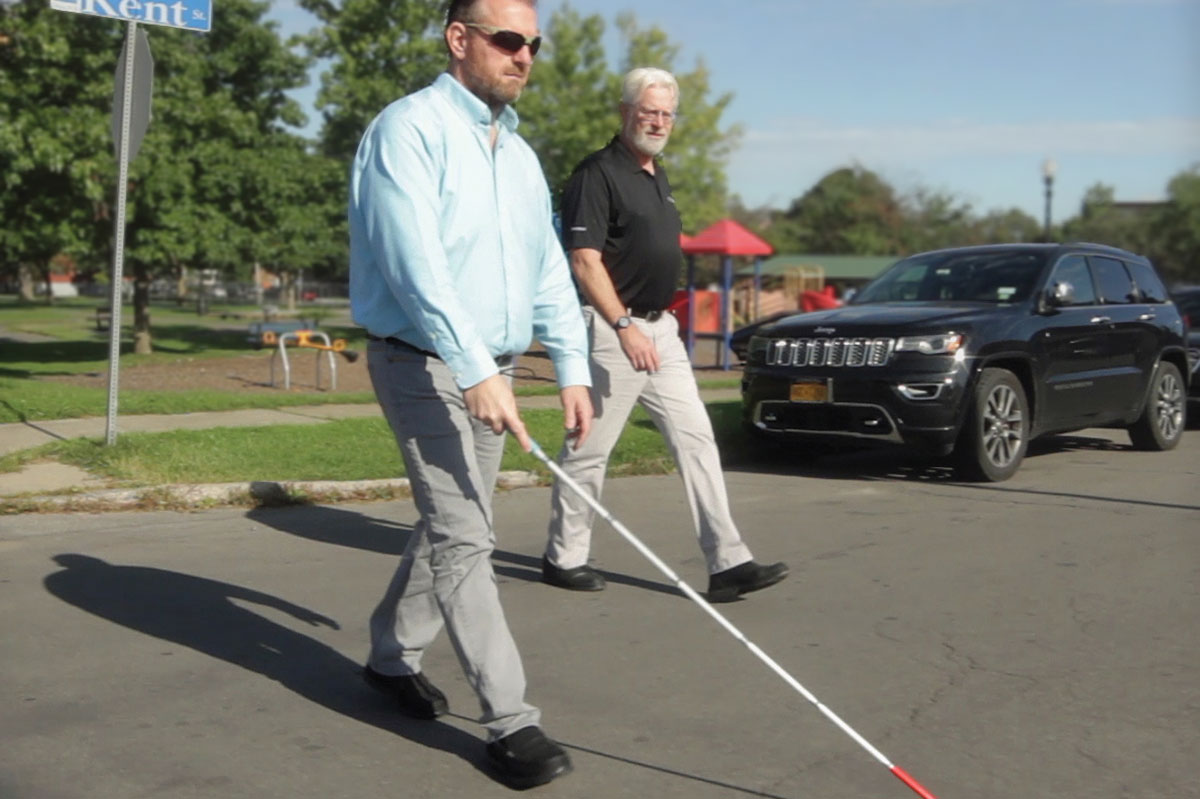By Randolph W. Hobler
Can’t we all agree that Idahoans are well-intentioned? Including their law making legislators? (Well, most of them.) But what happens when good-heartedness flies in the face of logic, common sense or science? It starts with canes.
Canes fall into four categories: Confection, Penalization, Stabilization, and Protection. Confection harkens to our earliest memory of canes—candy canes adorning Christmas trees. Candy canes go back to 1670 in Cologne, Germany, where the cathedral choirmaster passed out sugar sticks bent into the shape of shepherds’ crooks to keep his young choristers quiet during the Living Crèche Ceremony.
Segue to our national immigrational spirit of innovation with August Imgard, a German-Swede tailor in Wooster, Ohio, who, in 1847, decorated a small blue spruce Christmas tree with candy canes. The United States became hooked. (In his honor, Wooster boasts an Imgard Street, but alas, not in the shape of a candy cane.) For Penalization, if you are an Eton grad, you have experienced a totally opposite experience to sweetness: Caning.
This was a punishment administered in public by the school headmaster, no doubt for such egregious offenses as splitting infinitives in composition class. The offender had to lean over a table while the headmaster administered six wallops of a rattan cane upon the student’s buttocks.
The welts were felt for a week. This sensation was, of course, a life-long memory for German schoolboys, who must have described the feeling as Weltanshauung. (Caning in the UK was not halted until 1987!)
For Stabilization, canes come into play later in our lives, when our knees, backs, and hips stop cooperating, and we must adapt with an anti-falling device. Finally, canes for Protection, specifically canes for the blind, bring us to Idaho law.
White Cane Laws
All states have had white cane laws since the 1930s. In 1930, in Peoria, Illinois, a Lions Club member watched as a blind man attempted to make his way across a busy street using a black cane. Since the black cane was barely visible to motorists, the Lions Club decided to paint the cane white with some red paint at the bottom. Peoria then passed a White Cane Ordinance. The idea spread across the United States, culminating in Lyndon Johnson’s 1964 declaration of National White Cane Safety Day. Thence went the whole world. It’s time to suss out the flaws in the Idaho White Cane law, passed on February 20, 1937.
The law has two parts:
Title 18, Chapter 58, 18-5810
“No person, except those…blind, shall carry on any street…a walking stick which is white in color, or white tipped with red.”
Title 18, Chapter 58, 18-5818
“Any driver of a vehicle who approaches a person wholly or partially blind, carrying a cane … white in color, or white tipped with red, shall immediately come to a full stop.”
Both these misdemeanors, still in force, are punishable by up to six months in jail, and/or a fine not to exceed $1,000.
Logic and Science Out the Window
Despite its sympathy for the blind, the first law is immensely silly. It means anyone who is not blind and carries a white walking stick is guilty of a misdemeanor. How many people would do such a thing? A non-blind person is going to obtain a white cane just to cross a street? Experts say they’ve never heard of it.
Since 1937 enormous strides have been made in scientific color visibility studies. Of all the colors, yellow has been proven to be the most luminous. And the human eye? It processes yellow first. Throughout the world, yellow has become the universal color for caution: yellow stop lights, yellow caution tape, yellow airline safety vests, yellow guard rails, hard hats, hand rails, traffic warning signs, dimpled rubber mats at train stations and curbs, bio-hazard signs, flammable liquids signs, radioactivity signs, high noise area signs, yellow beach flags.
Yellow is standardized as a caution color by ANSI (American National Standards Institute) and OSHA (Occupational Safety and Health Administration). Nowhere is white designated as a color for danger. Plus, safety studies have shown that fluorescent colors and reflective surfaces help even more. So why not yellow, fluorescent, reflective blind canes? Easy to do. Easy to legislate. Don’t we owe the blind any possible extra margin of safety? ISI










